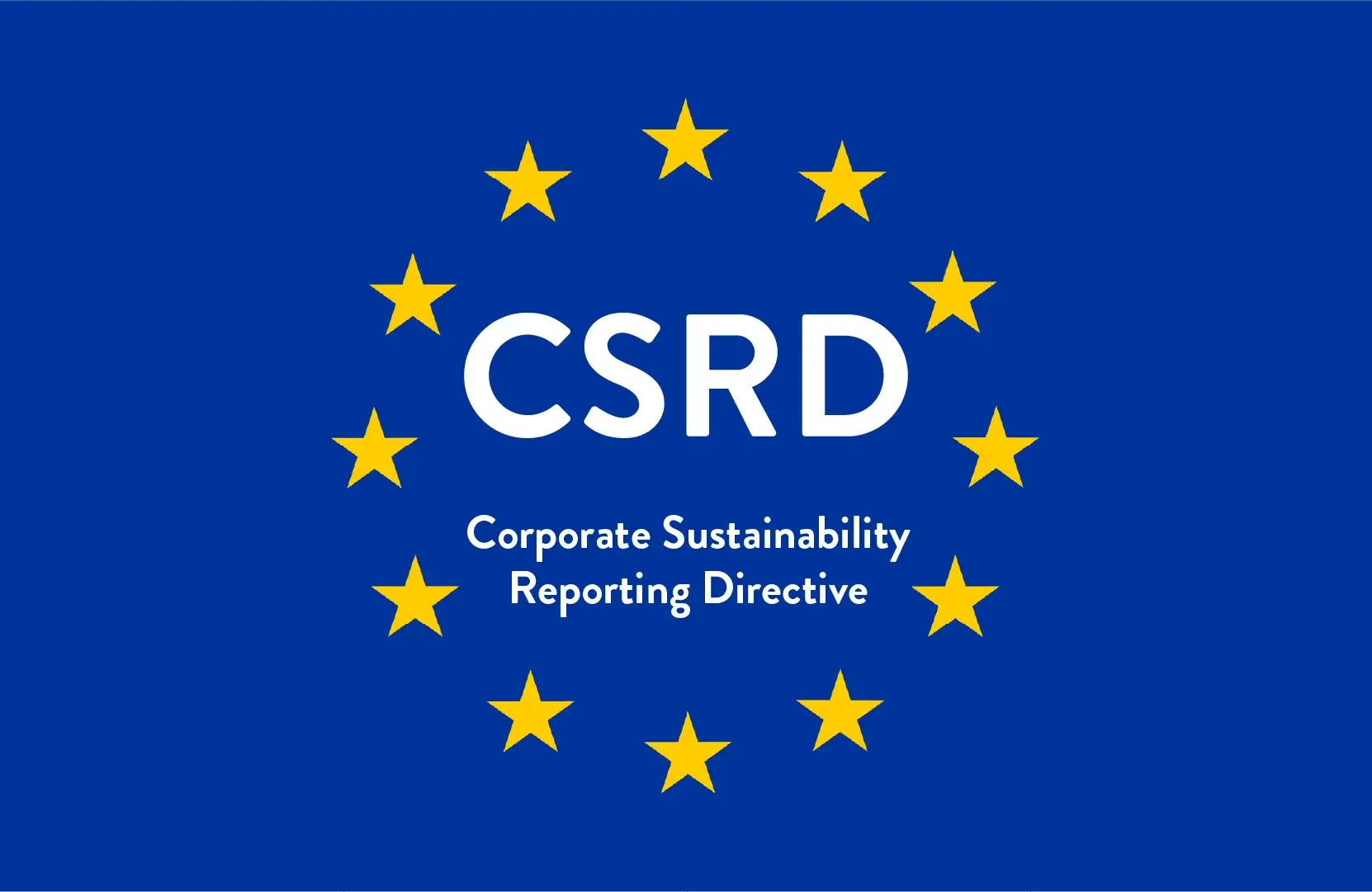
The CSRD applies to all large companies, listed or non-listed. A "large company" meets at least two of the following three criteria:
- Over 250 employees.
- A net turnover of more than €40 million.
- Total assets exceeding €20 million.
All publicly listed companies on EU-regulated markets, including small and medium-sized enterprises (SMEs) that are listed, must also comply with CSRD.
The CSRD’s broad scope reflects the EU’s intent to promote greater transparency and accountability in sustainability across all sectors and supply chains. Companies covered by the CSRD need to adhere to the new ESG reporting standards that started from Jan 2024.
For many, this involves tracking and disclosing sustainability data whilst embedding sustainable practices into your daily operations. One effective and quick way to demonstrate these commitments is by incorporating sustainable workwear into your business.
How can Sustainable Workwear Support CSRD Compliance?
1.Reducing Environmental Impact in Supply Chains:
Sustainable workwear is made from eco-friendly, organic or recycled materials that utilise energy-efficient, low-emission production processes. By choosing this type of workwear, companies reduce their overall carbon footprint, a key metric for CSRD compliance. Reporting on these sort of choices shows stakeholders and regulators a tangible commitment to environmental responsibility.
2.Enhanced Transparency for ESG Reporting:
The CSRD mandates transparency throughout the supply chain. Sustainable workwear prioritises supply chain transparency by working with certified suppliers who meet standards like OEKO-TEX® and GOTS. These certifications can directly support a company’s ESG reporting, as they provide documentation that products meet strict environmental and ethical standards. This level of detail can be valuable in fulfilling CSRD requirements.
3.Supporting Social
Responsibility Goals:
By nature, Sustainable Workwear emphasises best labour practices, safe working conditions, and fair wages, often managed through the Fair-Trade standard. This helps companies demonstrate their commitment to ethical labour practices (another CSRD requirement) but also resonates well with employees and customers alike.
4.Communicating Corporate Values Through Visible Actions:
- Investing in sustainable workwear is a visible,
impactful way to align your corporate identity with your sustainability goals.
- Employees wearing sustainably sourced uniforms become ambassadors for a company’s values, enhancing brand reputation among clients, stakeholders, and investors.
- This brand alignment should be included in sustainability reports, illustrating to stakeholders how deeply embedded sustainable values are inside your organisation.
Punishments for non-compliance with the CSRD:
- Fines and Imprisonment: Company directors may face fines up to €5,000 and/or imprisonment for up to six months.
- Public Scrutiny and Reputational Damage: Inaccurate or incomplete reporting can lead to negative publicity and a loss of stakeholder trust.
- Exclusion from Public Procurement: Risk exclusion from public procurement processes, limiting their ability to secure government and other such contracts.
Build a Culture of Sustainability with Workwear:
Sustainable workwear is a bridge between your compliance requirement and your corporate identity. Let it show that sustainability is a part of your business’s compliance strategy but also a core value woven into the fabric of your organisation.
In an era where transparency is fast becoming critical, sustainable workwear is not just about uniforms. It is a powerful medium to showcase your genuine commitment to responsible practices, making it an asset in attaining CSRD requirements whilst building long-term stakeholder trust.